In the world of fitness, the right equipment can make all the difference between a good workout and a great one. Among the myriad of tools available to enhance your strength training regimen, the adjustable bench stands out as a versatile must-have. Whether you are a seasoned gym-goer or just beginning your fitness journey, an adjustable bench can elevate your workout by allowing you to target various muscle groups with ease. In this article, we delve into the realm of adjustable benches, exploring the merits of incline, decline, and flat functions. We will compare their unique benefits, highlight key features to consider, and guide you through the decision-making process that can bolster your home gym or fitness routine. Join us as we navigate through an array of adjustable bench reviews, shedding light on what truly matters for your personal fitness needs.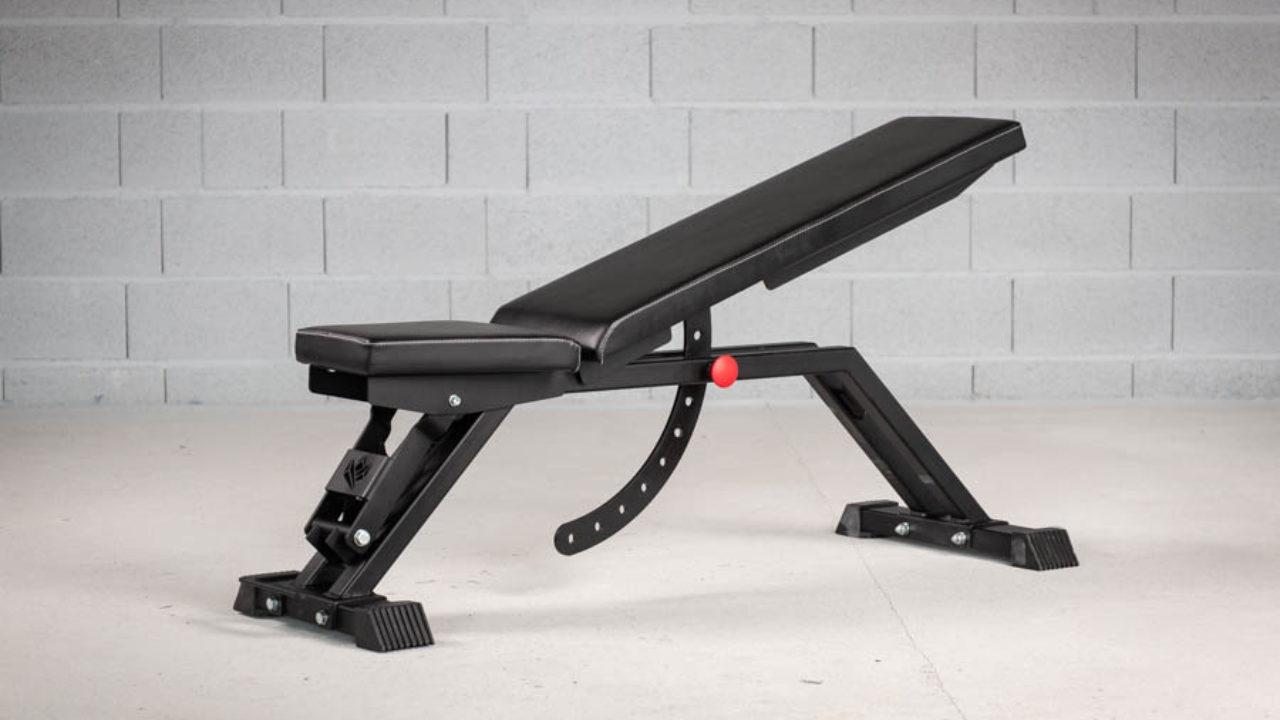
Understanding the Versatility of Adjustable Benches
Adjustable benches are a cornerstone of versatile workout routines, catering to a broad spectrum of fitness levels and exercises. With their ability to incline, decline, or lay flat, these benches allow users to target specific muscle groups more efficiently. Incline positions are exceptional for maximizing upper chest development and shoulder engagement, while decline settings can intensify lower chest workouts. The flat function serves as an excellent foundation for a variety of exercises, promoting stability and control during major lifts. By offering multiple angles, adjustable benches enable personalized fitness regimens, making them an invaluable addition to any home gym.
The benefits of using an adjustable bench extend beyond mere versatility; they also enhance exercise variety and adaptability. By incorporating different bench positions, users can change up their routines, preventing plateaus and maintaining motivation. Consider leveraging the following key features for a comprehensive workout experience:
- Space Saving: Many adjustable benches can be folded for easy storage.
- Durability: Quality benches are constructed to withstand heavy weights and vigorous training.
- Comfort: Padded surfaces ensure a comfortable workout, allowing for extended training sessions.
Understanding the various functionalities of these benches can significantly enhance the effectiveness of your workouts. To illustrate this, here’s a simple comparison of essential features across different types of adjustable benches:
| Bench Type | Incline Capability | Decline Capability | Flat Function |
|---|---|---|---|
| Standard Adjustable | Yes | No | Yes |
| Olympic Bench | Yes | Yes | Yes |
| Foldable Bench | Limited | No | Yes |

Evaluating Performance Across Incline, Decline, and Flat Settings
When assessing the performance of adjustable benches in different positions, it’s crucial to consider the unique benefits each angle offers to your workout regimen. Incline settings are particularly advantageous for targeting the upper chest and shoulders, promoting muscle engagement and development in these areas. The ability to easily transition to a higher angle allows for greater versatility in exercises such as incline bench presses or shoulder presses. Key features that enhance performance in this setting include:
- Sturdiness: A strong frame that can support heavy weights.
- Adjustability: Smooth transitions to various incline angles.
- Comfort: Cushioned surfaces to reduce strain during workouts.
In contrast, the decline setting shifts focus to the lower chest and provides a unique challenge, potentially improving muscle symmetry and strength balance. It’s necessary to evaluate how the bench holds up under different weights and angles during decline exercises, such as decline presses or sit-ups. Features critical to performance include:
- Stability: Reduced wobble during movement for safety.
- Foot support: Effective anchoring to aid in exercise execution.
- Weight capacity: Maximum supported weight to ensure durability.
Lastly, the flat position serves as the foundation for numerous exercises, allowing users to maximize their overall strength training routine. It’s important to assess how well the bench maintains support across various activities, especially for free weight exercises and bodyweight movements. Key performance factors include:
- Versatility: Compatibility with different exercises targeting all major muscle groups.
- Ease of Use: Quick adjustments without complicated mechanisms.
- Comfort: Sufficient padding for long workouts.

Key Features to Consider for Optimal Workouts
When selecting an adjustable bench for your workout routine, it’s essential to focus on features that enhance versatility and usability. Look for benches that offer a range of incline, decline, and flat functions, enabling you to target different muscle groups effectively. A good bench will typically provide an adjustable backrest with at least five different positions, ensuring that you can perform a variety of exercises, from bench presses to seated shoulder flies, while maintaining comfort and stability.
Stability and durability are also paramount in choosing an adjustable bench. Consider models made from high-quality materials that promise longevity, even under heavy use. Features to pay attention to include a wide base for improved stability, non-slip rubber feet to protect the floor and keep the bench in place, and padding thickness that balances comfort and support. Additionally, the ease of adjustment can make a significant difference—look for benches equipped with quick-release levers or no-fuss mechanisms that allow for seamless transitions between positions.
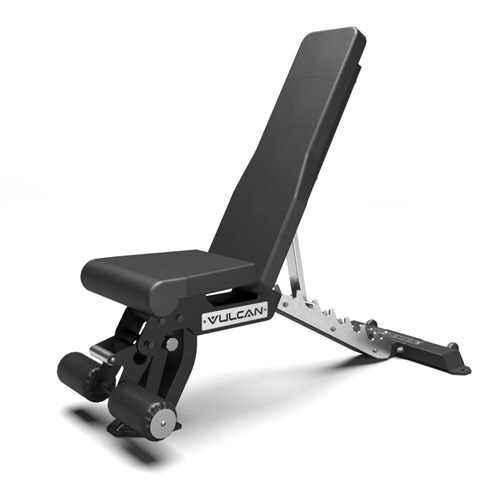
Top Recommendations for Every Fitness Level and Budget
Whether you’re a beginner taking your first steps into the world of fitness or an experienced gym-goer looking to refine your existing routine, selecting the right adjustable bench can make all the difference. For those just starting, options like the basic flat bench provide an affordable yet versatile solution, allowing for essential exercises like bench presses and tricep dips. On the other end of the spectrum, seasoned athletes might want to invest in a high-end adjustable bench that features incline and decline settings, ensuring a comprehensive workout targeting all muscle groups. Here are some standout choices for different fitness levels and budgets:
- Beginner: Simple Flat Adjustable Bench
- Intermediate: Folds for Easy Storage, Incline Capability
- Advanced: Multi-Angle Bench with Heavy-Duty Build
When considering your budget, it’s essential to strike a balance between quality and price. Some models come with added features such as built-in storage or foam padding, which can enhance your workout experience. A well-structured price range looks like this:
| Price Range | Features |
|---|---|
| Under $100 | Basic Flat Bench, Lightweight, Portable |
| $100 – $300 | Incline/Decline, Adjustable Height, Sturdy Build |
| Over $300 | Multi-Functionality, Heavy-Duty Materials, Additional Attachments |
In Summary
In conclusion, selecting the perfect adjustable bench involves more than just choosing one that looks good in your home gym. With a myriad of options available, understanding the nuances of incline, decline, and flat functions is essential for tailoring your workouts to meet your fitness goals. Whether you’re aiming to build muscle, enhance your strength training, or simply expand your exercise repertoire, the right bench can make a world of difference.
As we’ve explored, each bench type offers unique benefits that cater to different training styles and preferences. From the versatility of an incline bench to the stability of a flat one, or the varied angles offered by decline settings, there’s truly something for everyone.
Ultimately, the best adjustable bench for you will strike a balance between quality, functionality, and your personal fitness aspirations. So, as you embark on this journey to invest in the right equipment, remember to keep your specific needs at the forefront. May your workouts be efficient, your gains significant, and your path to fitness empowering. Happy lifting!

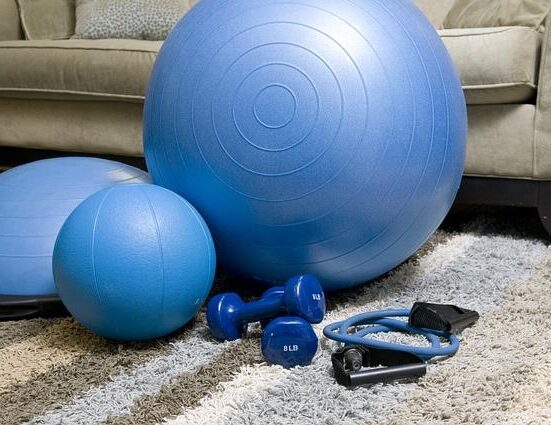





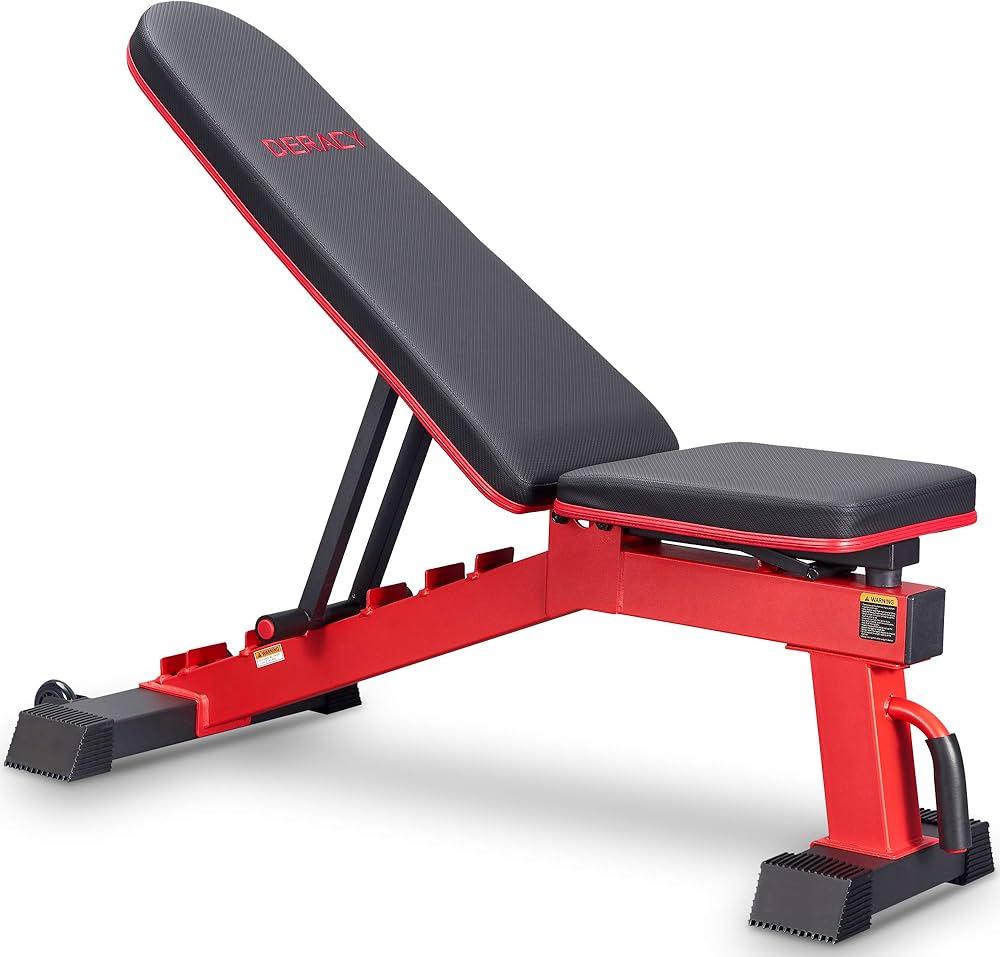



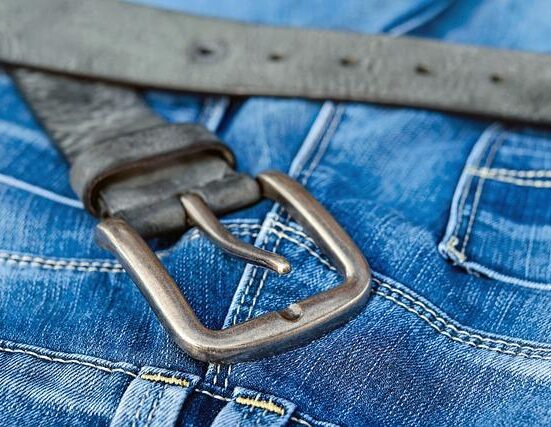


Leave feedback about this